Home>Gardening & Outdoor>Landscaping Ideas>When Is Sugar In Grass At Its Lowest
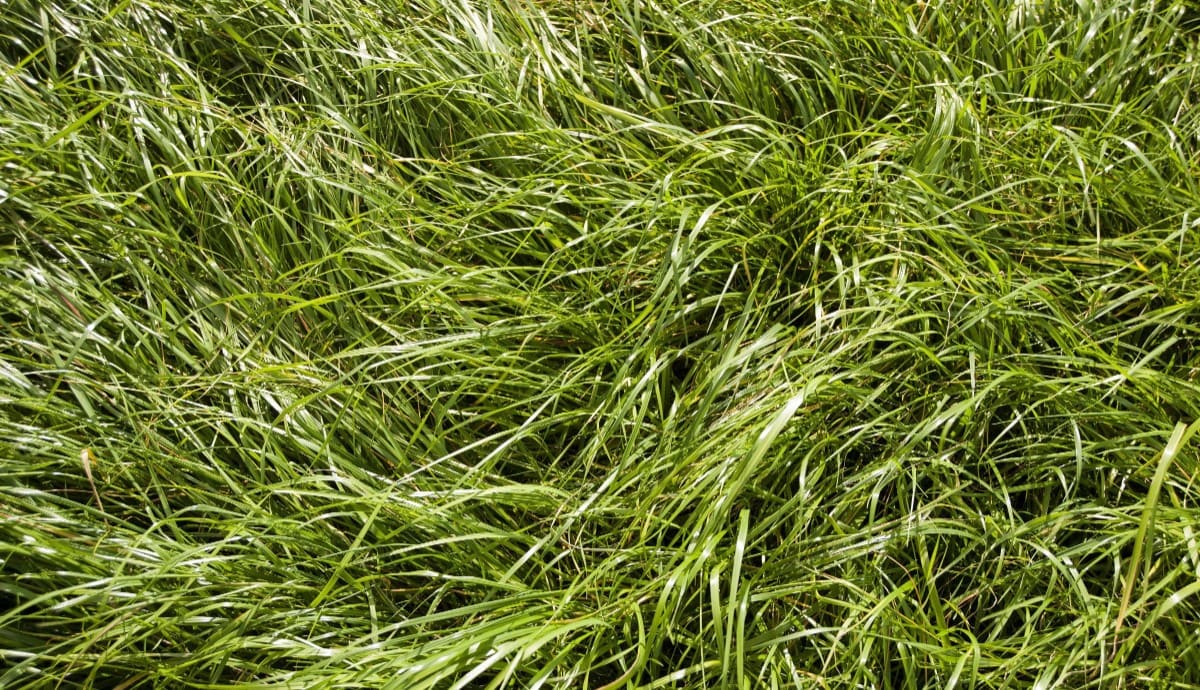

Landscaping Ideas
When Is Sugar In Grass At Its Lowest
Modified: March 28, 2024
Discover the best landscaping ideas for minimizing sugar in grass. Learn when sugar levels are at their lowest and how to optimize your lawn care routine.
(Many of the links in this article redirect to a specific reviewed product. Your purchase of these products through affiliate links helps to generate commission for Storables.com, at no extra cost. Learn more)
Introduction
Welcome to the fascinating world of landscaping and the intricate dance of nature that governs the growth and vitality of grass. As you stroll through a lush, verdant lawn or meander along a picturesque pasture, have you ever considered the hidden complexities at play within the blades of grass beneath your feet? One such intriguing aspect is the fluctuating levels of sugar within grass, which significantly impact its taste, nutritional value, and suitability for various uses.
In this article, we will delve into the captivating realm of grass growth cycles, exploring the factors that influence sugar content in grass and the seasonal variations that occur. Additionally, we will unravel the effects of mowing and grazing on sugar levels, offering valuable insights for homeowners, landscapers, and agricultural enthusiasts alike.
Join us on this enlightening journey as we uncover the secrets of sugar in grass, gaining a deeper appreciation for the natural rhythms that shape our outdoor environments and the dynamic interplay between flora, fauna, and the elements.
Key Takeaways:
- Grass sugar levels fluctuate throughout the year, with spring and summer showcasing high sugar content for vibrant growth and grazing, while autumn and winter prioritize sugar reserves for survival and rejuvenation.
- Mowing and grazing impact grass sugar levels, requiring thoughtful management to balance regrowth and sugar accumulation, ensuring healthy landscapes and nourishing forage for grazing animals.
Read more: When Is Sugar Highest In Grass
Understanding the Growth Cycle of Grass
Grass, with its remarkable ability to carpet landscapes and sustain grazing animals, undergoes a complex growth cycle influenced by a multitude of factors. This cycle consists of distinct stages, each characterized by unique physiological processes that ultimately determine the sugar content within the grass.
Germination and Seedling Stage: The journey begins with the germination of grass seeds, heralding the emergence of delicate seedlings. During this initial phase, the grass focuses on establishing its root system and developing the foundational structures essential for nutrient absorption and growth. Sugar levels in the grass are relatively low at this stage, as the young plants prioritize root and shoot development over sugar accumulation.
Vegetative Growth: As the seedlings mature into young grass plants, they enter a phase of vigorous vegetative growth. This period is characterized by rapid leaf expansion and the proliferation of tillers, enabling the grass to form a dense, lush canopy. Throughout this phase, the grass synthesizes and accumulates sugars through photosynthesis, harnessing sunlight to convert carbon dioxide and water into energy-rich carbohydrates.
Reproductive Stage: Subsequently, certain grass species progress into the reproductive stage, marked by the formation of inflorescences and seed heads. During this phase, the allocation of resources shifts towards seed production, influencing the distribution of sugars within the plant. Grasses that prioritize seed development may exhibit lower sugar content in their foliage, diverting resources to support the maturation of seeds.
Dormancy and Winter Survival: In regions with distinct seasons, grasses navigate the challenges posed by winter through dormancy and specialized survival mechanisms. As temperatures drop and daylight hours diminish, many grass species undergo physiological changes to endure the harsh conditions. Sugar reserves play a crucial role in winter survival, serving as an energy source for the grass to withstand cold stress and resume growth when conditions become favorable.
By comprehending the intricacies of the growth cycle, we gain valuable insights into the ebb and flow of sugar content within grass, shedding light on the dynamic interplay between environmental cues and the physiological responses of these resilient plants.
Factors Affecting Sugar Content in Grass
The sugar content in grass is influenced by a myriad of factors, encompassing environmental conditions, plant physiology, and management practices. Understanding these determinants is essential for discerning the nuances of sugar levels within grass and their implications for various applications, from livestock forage to lawn maintenance.
Photosynthetic Activity: The primary driver of sugar production in grass is photosynthesis, the remarkable process through which green plants harness sunlight to synthesize carbohydrates. Factors that enhance photosynthetic activity, such as ample sunlight, optimal temperatures, and sufficient water availability, contribute to higher sugar levels in grass. Conversely, conditions that impede photosynthesis, such as drought, extreme temperatures, or shading, can lead to reduced sugar accumulation.
Soil Fertility and Nutrient Availability: The nutritional status of the soil profoundly influences the sugar content in grass. Adequate levels of essential nutrients, including nitrogen, phosphorus, and potassium, support robust growth and metabolic processes within the grass, fostering the synthesis and accumulation of sugars. Imbalances or deficiencies in soil nutrients can hinder sugar production and compromise the overall vigor of the grass.
Plant Species and Cultivars: Different grass species and cultivars exhibit varying capacities for sugar accumulation, reflecting their genetic predispositions and adaptive traits. Certain grasses are renowned for their high sugar content, making them desirable for grazing animals and hay production. By selecting suitable species and cultivars tailored to specific objectives, such as enhanced forage quality or ornamental appeal, practitioners can optimize sugar levels in the grass to align with their intended uses.
Water Stress and Osmotic Regulation: When grass faces water stress, either due to drought conditions or excessive salinity, it undergoes osmotic adjustments to maintain cellular turgor and osmotic balance. These adaptations often involve the accumulation of solutes, including sugars, to mitigate the detrimental effects of water scarcity. Consequently, water-stressed grass may exhibit elevated sugar levels as part of its adaptive response to environmental challenges.
Seasonal Dynamics and Growth Stage: The sugar content in grass fluctuates throughout the year in response to seasonal variations and the distinct phases of the growth cycle. During periods of active growth, such as the spring and early summer, grasses typically accumulate sugars to fuel their expansion and development. In contrast, as grasses transition into reproductive stages or prepare for winter dormancy, the allocation of resources may shift, influencing sugar levels within the plants.
By considering these influential factors, we gain a comprehensive perspective on the dynamic interplay of biological, environmental, and management-related elements that shape the sugar content in grass. This knowledge empowers practitioners to optimize growing conditions, refine management strategies, and harness the inherent potential of grass for diverse applications.
The sugar content in grass is lowest in the early morning, before the sun rises. This is because the plant uses up its stored sugar during the night for growth and maintenance.
Seasonal Variations in Sugar Content
Throughout the year, grass undergoes a rhythmic dance of growth and dormancy, accompanied by nuanced shifts in sugar content that reflect the plant’s responses to changing environmental cues. Understanding the seasonal dynamics of sugar levels in grass unveils the intricate interplay of biological processes and external influences, offering valuable insights for agricultural management, forage quality assessment, and landscape maintenance.
Spring Awakening: As nature awakens from the slumber of winter, grasses embark on a phase of vigorous growth and renewal. The arrival of spring heralds an upsurge in photosynthetic activity, with ample sunlight and moderate temperatures fostering robust sugar production in the grass. During this period, the lush greenery of spring landscapes resonates with the vibrancy of actively growing grasses, teeming with energy-rich sugars that fuel their exuberant expansion.
Summer Abundance: In the full embrace of summer, grasses reach their peak of productivity, channeling the bountiful energy of sunlight into lush foliage and sturdy stems. Sugar levels in grass remain relatively high during this season, supporting the plant’s metabolic demands and serving as a reservoir of energy for sustained growth. The sweet succulence of summer grasses not only sustains grazing animals but also contributes to the allure of verdant lawns and pastoral vistas.
Autumn Transition: As the days gradually shorten and temperatures begin to wane, grasses undergo a transition in preparation for the impending dormancy of winter. During this period, sugar allocation within the plants may shift, with a portion of the accumulated sugars being channeled towards the development of storage reserves essential for winter survival. The autumnal grasses, adorned with warm hues and a subtle sweetness, signify nature’s prudent preparations for the challenges of the impending season.
Winter Resilience: In regions characterized by cold winters, grasses navigate the frigid months through dormancy and adaptive mechanisms that safeguard their survival. Sugar reserves play a pivotal role in this resilience, serving as a vital energy source for the grass to endure the hardships of winter and initiate growth when conditions ameliorate. The subdued but steadfast presence of sugars within the dormant grasses symbolizes nature’s fortitude and the promise of rejuvenation in the seasons to come.
By recognizing the seasonal nuances of sugar content in grass, practitioners can align their management approaches with the natural rhythms of the plant, optimizing forage quality, and enhancing the vitality of landscapes and pastures. This awareness also fosters a deeper appreciation for the ever-changing tapestry of nature, where the subtle fluctuations of sugar levels in grass mirror the cyclical cadence of life itself.
Impact of Mowing and Grazing on Sugar Levels
The management practices of mowing and grazing exert profound influences on the sugar levels within grass, shaping not only the nutritional quality of forage but also the aesthetics and resilience of lawns and landscapes. Understanding the dynamic interplay between these practices and sugar content in grass is pivotal for optimizing management strategies and harnessing the inherent potential of grass for diverse applications.
Mowing and Sugar Dynamics: When grass undergoes regular mowing, particularly at lower cutting heights, it experiences a reduction in leaf area and a consequent depletion of energy reserves, including sugars. This can temporarily diminish sugar levels within the grass, affecting its vigor and regrowth capacity. However, judicious mowing practices that avoid excessively removing leaf tissue and maintain appropriate cutting heights can mitigate excessive stress on the grass and support healthy sugar accumulation through photosynthesis.
Grazing and Forage Quality: Grazing animals, such as cattle, sheep, and horses, directly influence the sugar content in grass through their feeding behaviors. Intensive grazing can diminish sugar reserves in grass, as the plants allocate resources to support regrowth and recovery from defoliation. However, rotational grazing and strategic stocking rates can promote optimal forage utilization, allowing grass to replenish its sugar stores and sustain the nutritional quality of the pasture over time.
Regrowth and Recovery: Following mowing or grazing, the regrowth of grass involves a period of heightened photosynthetic activity aimed at replenishing energy reserves, including sugars, to support new leaf growth and root development. The timing and intensity of mowing or grazing events can influence the regrowth dynamics and the subsequent sugar levels within the grass. Well-timed management interventions that align with the grass’s growth patterns can facilitate robust regrowth and enhance sugar accumulation.
Seasonal Considerations: The impact of mowing and grazing on sugar levels in grass can vary with the seasonal dynamics of the plant. During periods of active growth, grasses possess greater resilience to mowing and grazing, swiftly replenishing their sugar reserves and sustaining healthy regrowth. In contrast, during phases of reproductive development or dormancy preparation, the effects of mowing and grazing on sugar levels may be more pronounced, necessitating tailored management approaches to preserve forage quality and support the grass’s physiological needs.
By integrating these insights into their management practices, landowners, livestock producers, and lawn caretakers can optimize forage quality, promote sustainable regrowth, and cultivate resilient, vibrant landscapes. The harmonious orchestration of mowing and grazing activities with the natural rhythms of sugar dynamics within grass fosters not only the well-being of the plants but also the flourishing vitality of the ecosystems they inhabit.
Read more: Should You Cut Your Grass When It’s Hot
Conclusion
Embarking on this exploration of sugar content in grass has unveiled the captivating intricacies that govern the ebb and flow of sweetness within these resilient plants. From the rhythmic cadence of seasonal variations to the profound influences of management practices, the dynamics of sugar levels in grass reflect a symphony of biological resilience, environmental responsiveness, and human stewardship.
As we traverse the growth cycle of grass, we witness the plant’s remarkable capacity to adapt and thrive, channeling the radiant energy of sunlight into energy-rich sugars that sustain its vitality and resilience. Each stage of the growth cycle, from the tender emergence of seedlings to the prudent dormancy of winter, leaves its indelible mark on the sugar content within the grass, embodying nature’s ever-changing tapestry.
The factors that shape sugar content in grass, encompassing photosynthetic activity, soil fertility, and seasonal dynamics, offer profound insights into the intricate interplay of biological processes and environmental influences. By comprehending these determinants, practitioners can refine their management approaches, optimize forage quality, and cultivate landscapes that teem with vibrant, sweet-scented grasses.
The impact of mowing and grazing on sugar levels within grass underscores the delicate balance between human intervention and natural resilience. Through thoughtful management practices that align with the grass’s growth patterns and regrowth dynamics, we can nurture landscapes that flourish with verdant splendor and provide nourishing forage for grazing animals.
Ultimately, the revelation of sugar in grass transcends mere chemical composition, offering a poignant reflection of the interconnectedness of life, where the subtle fluctuations of sweetness within the grass mirror the cyclical cadence of nature itself. This awareness kindles a deeper appreciation for the intricate web of life that envelops us, where the humble blades of grass, imbued with the essence of sweetness, weave a tapestry of vitality and resilience that enriches our landscapes and sustains the myriad creatures that call them home.
As we partake in this journey of discovery, may we carry forth a newfound reverence for the sugar-laden grasses that carpet our lawns, pastures, and meadows, recognizing in their midst the harmonious rhythms of life and the enduring resilience of nature’s creations.
Frequently Asked Questions about When Is Sugar In Grass At Its Lowest
Was this page helpful?
At Storables.com, we guarantee accurate and reliable information. Our content, validated by Expert Board Contributors, is crafted following stringent Editorial Policies. We're committed to providing you with well-researched, expert-backed insights for all your informational needs.

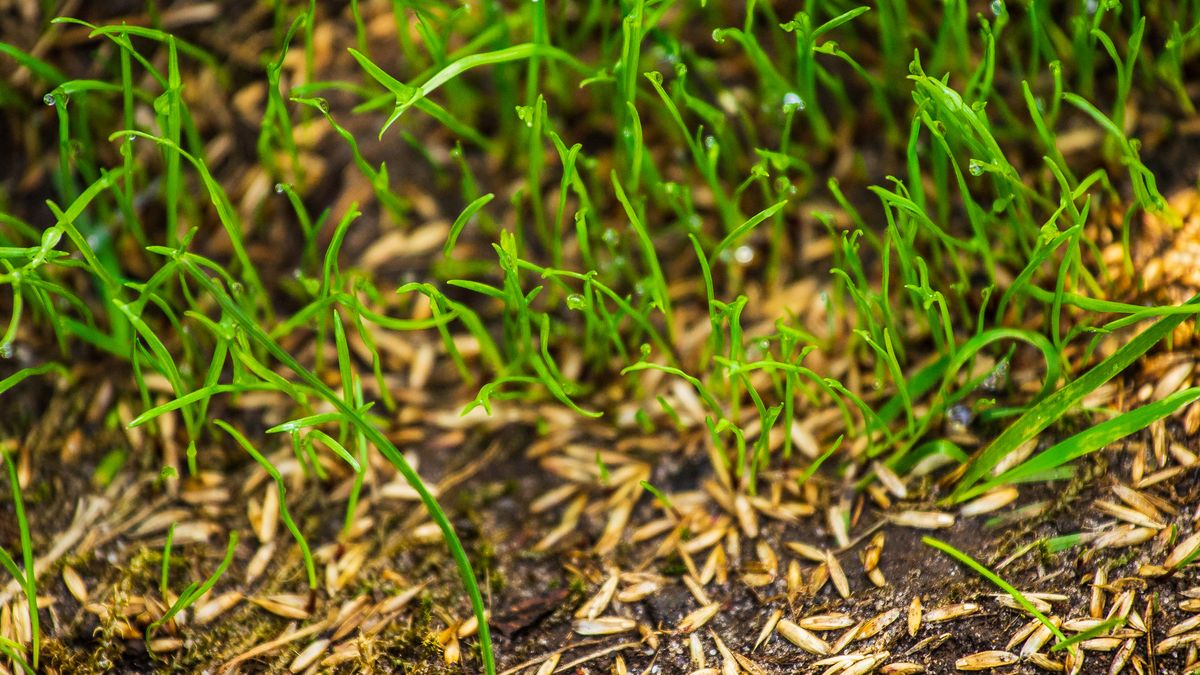


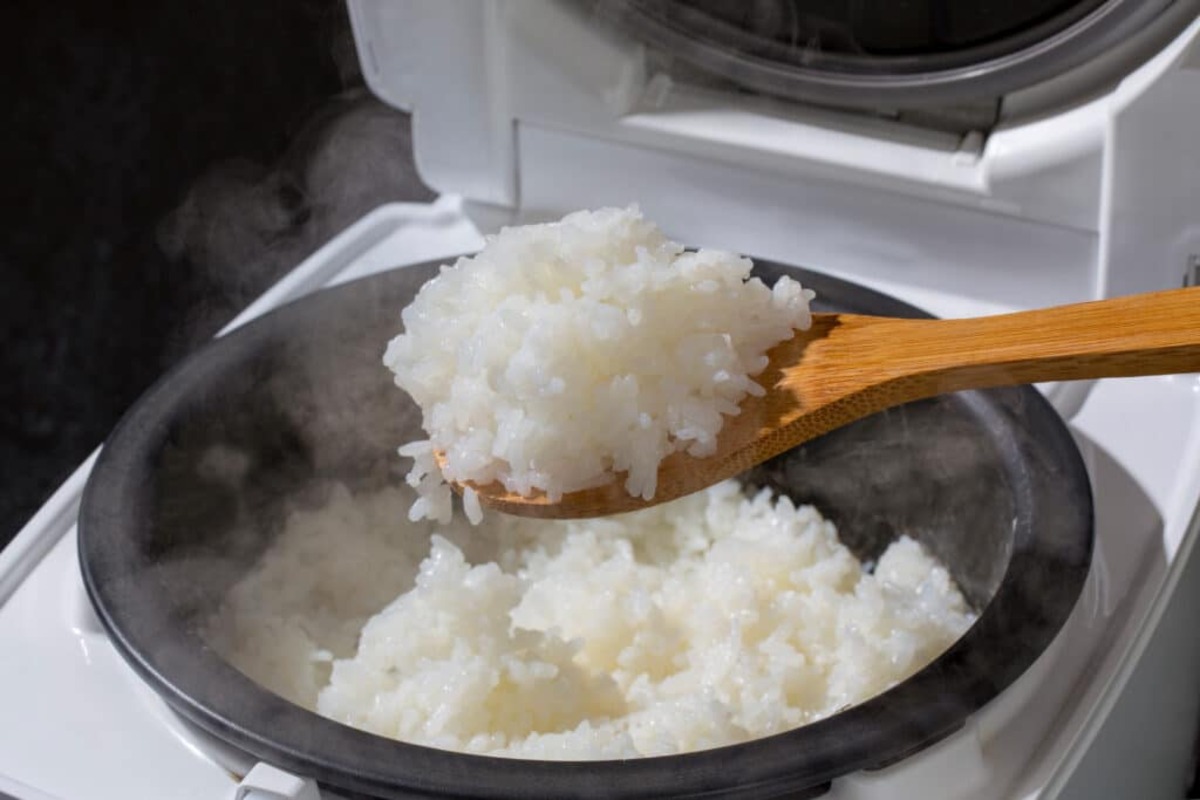


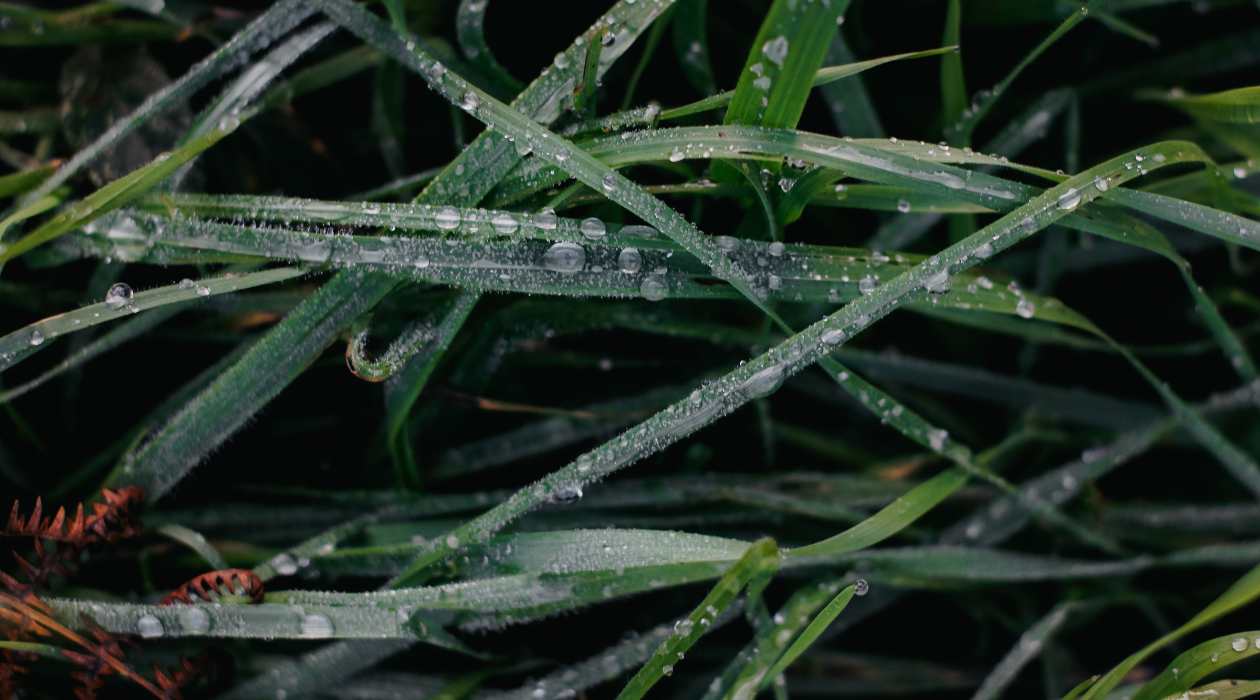
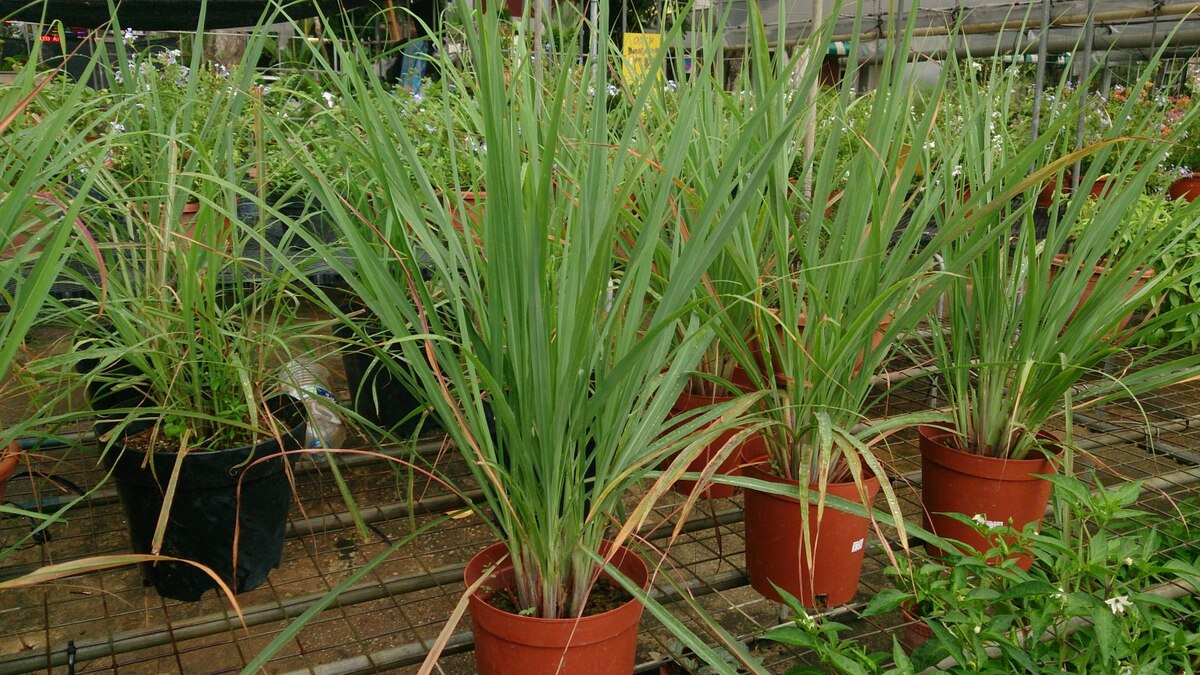

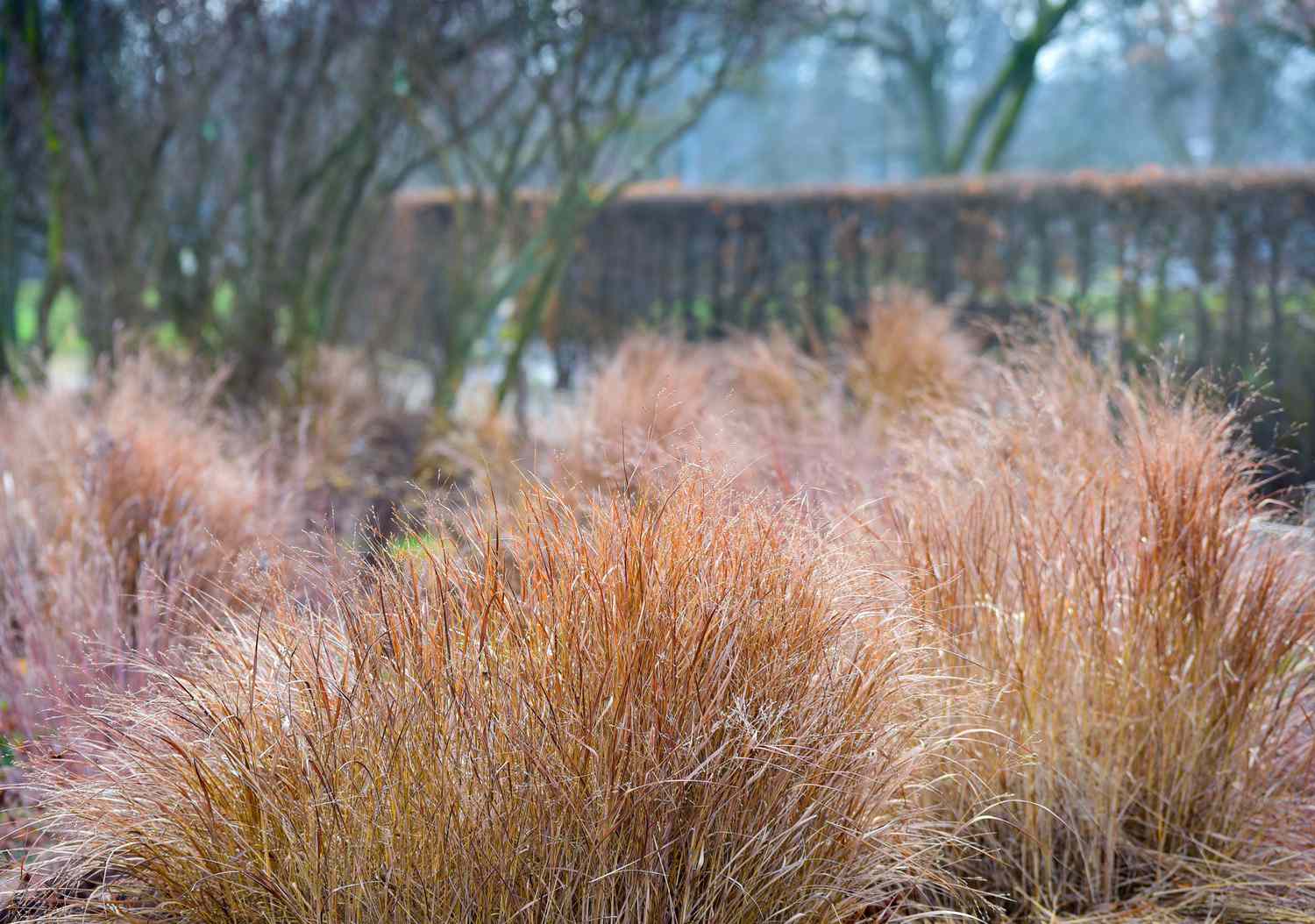
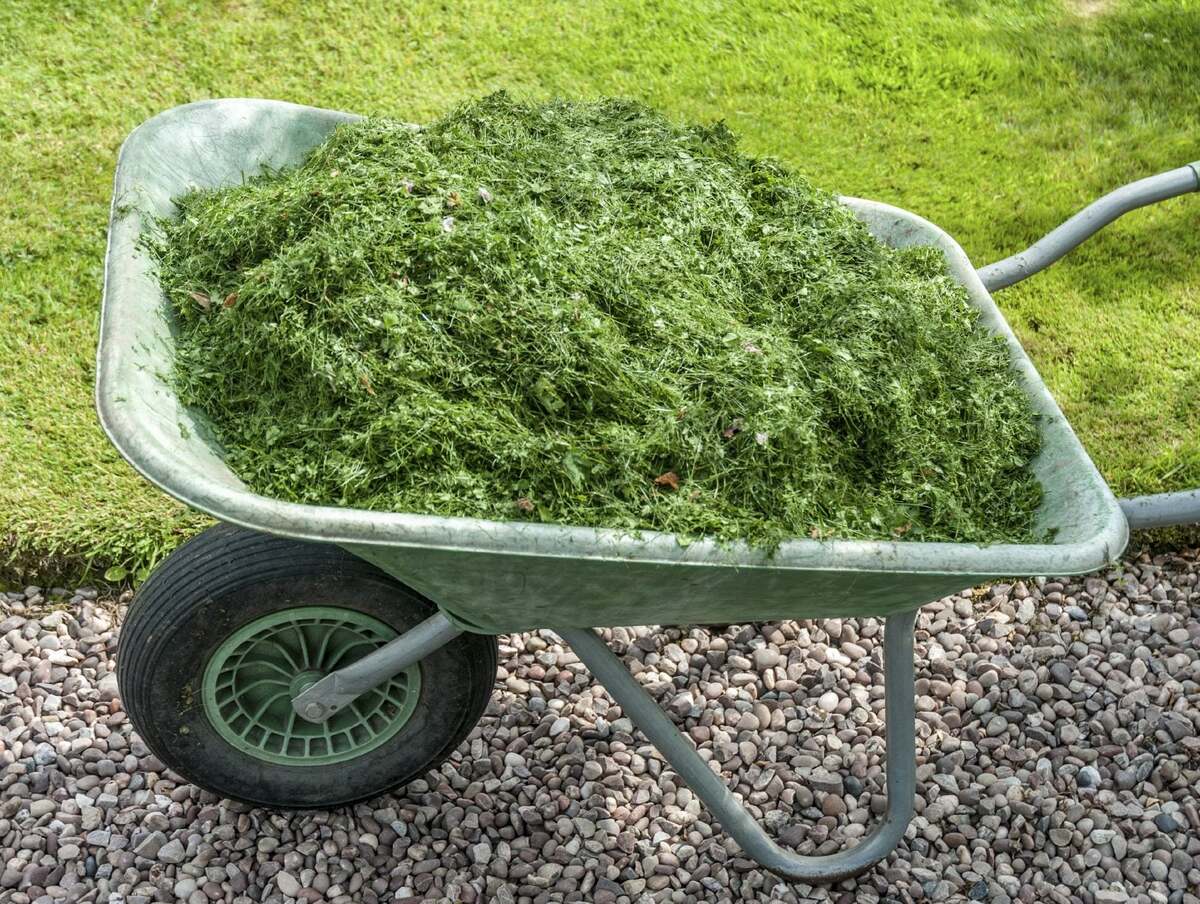
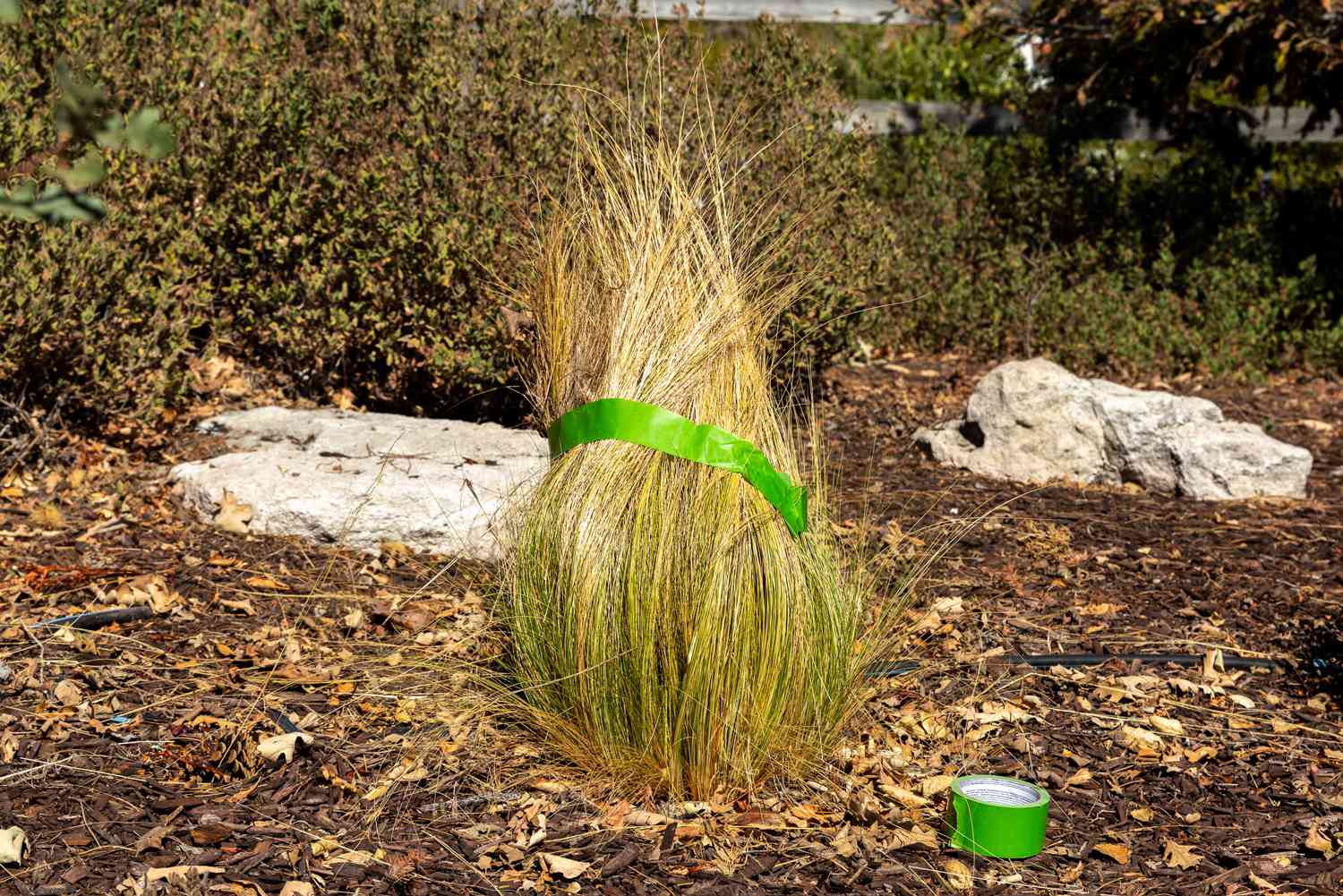


0 thoughts on “When Is Sugar In Grass At Its Lowest”